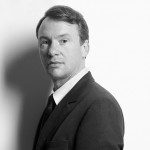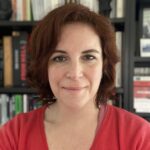About
The skeletal muscle of vertebrates has a huge regenerative capacity. When destroyed after different types of injury, this organ can regenerate very quickly ad integrum and repeatedly. One of the cells responsible for this regeneration is the so-called satellite cell, the muscle stem cell that lies on top of the muscle fibre. This property makes the satellite cells very interesting for regenerative medicine, however we have very few cells and we do not know how to amplify it without losing its stem cells properties.
The laboratory has shown that the cells could be extracted and were still functional up to seventeen days post-mortem, making it a reliable source of stem cells for regenerative medicine. The mechanisms underlying this resistance when compared with other cell types led our laboratory to discover that one of the key parameter was anoxia (the lack of oxygen) that was triggering a state of dormancy in the stem cells allowing them to resist the detrimental environment.
The objective of the laboratory is first to further characterise this new dormancy state and to understand what are the mechanisms of entry into dormancy that protects the cells. This will allow us to manipulate this novel stem cell state and deepen our knowledge in order to improve the regenerative medicine technique.


